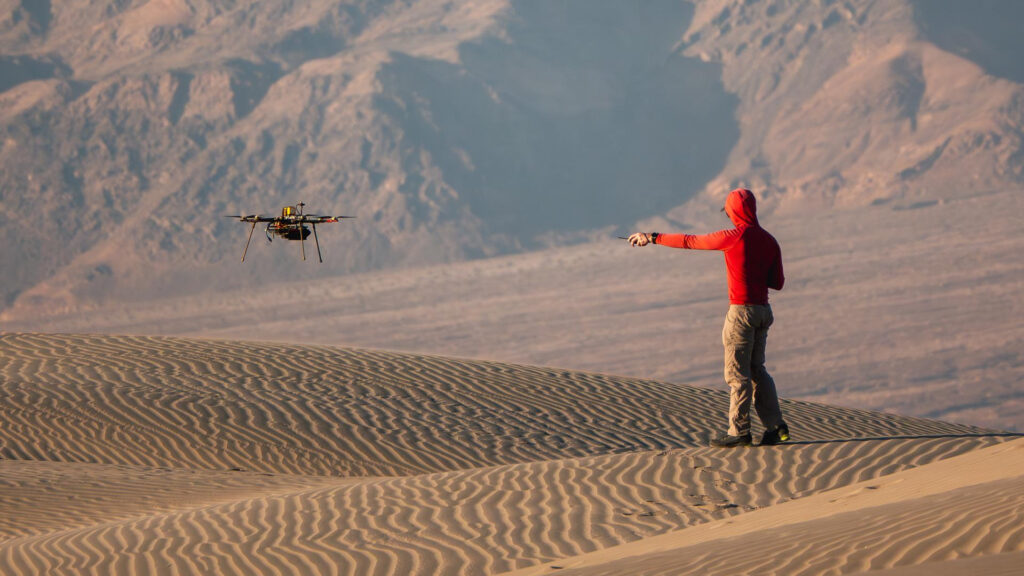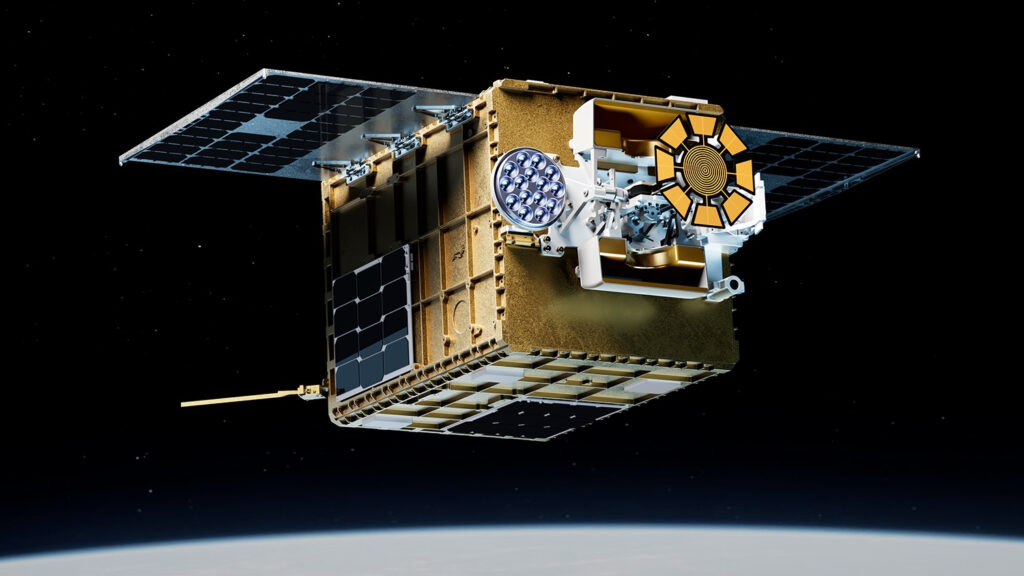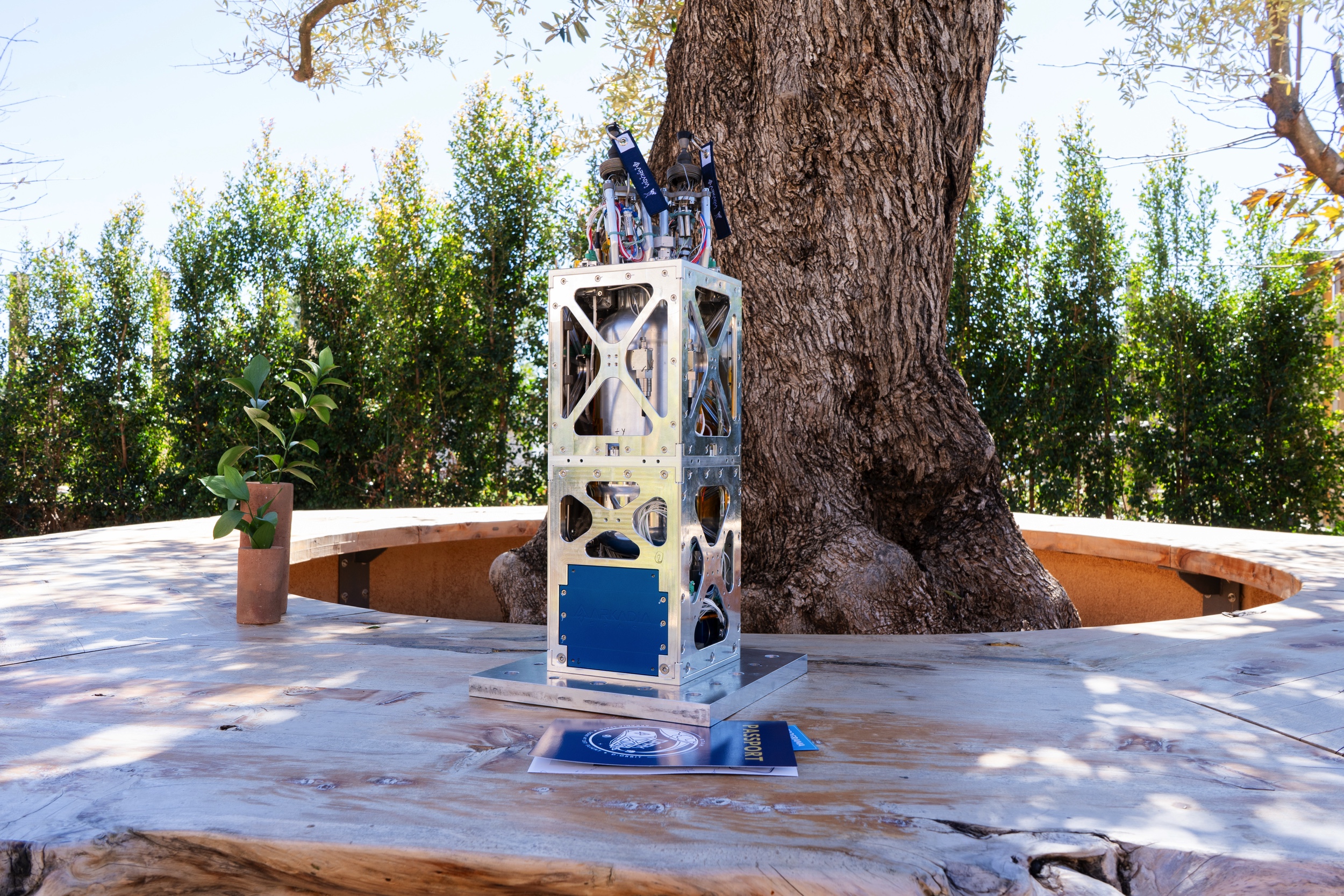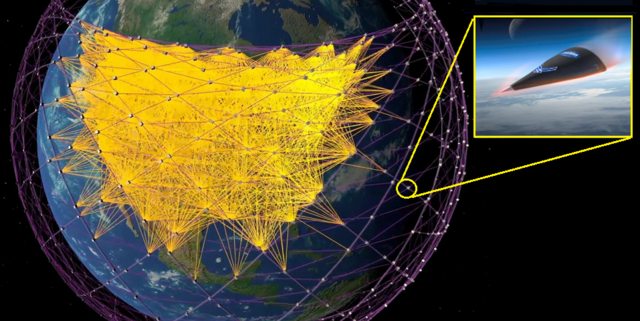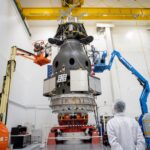Now Reading: There’s an infinite amount of energy locked in the vacuum of space-time. Could we ever use it?
-
01
There’s an infinite amount of energy locked in the vacuum of space-time. Could we ever use it?
There’s an infinite amount of energy locked in the vacuum of space-time. Could we ever use it?
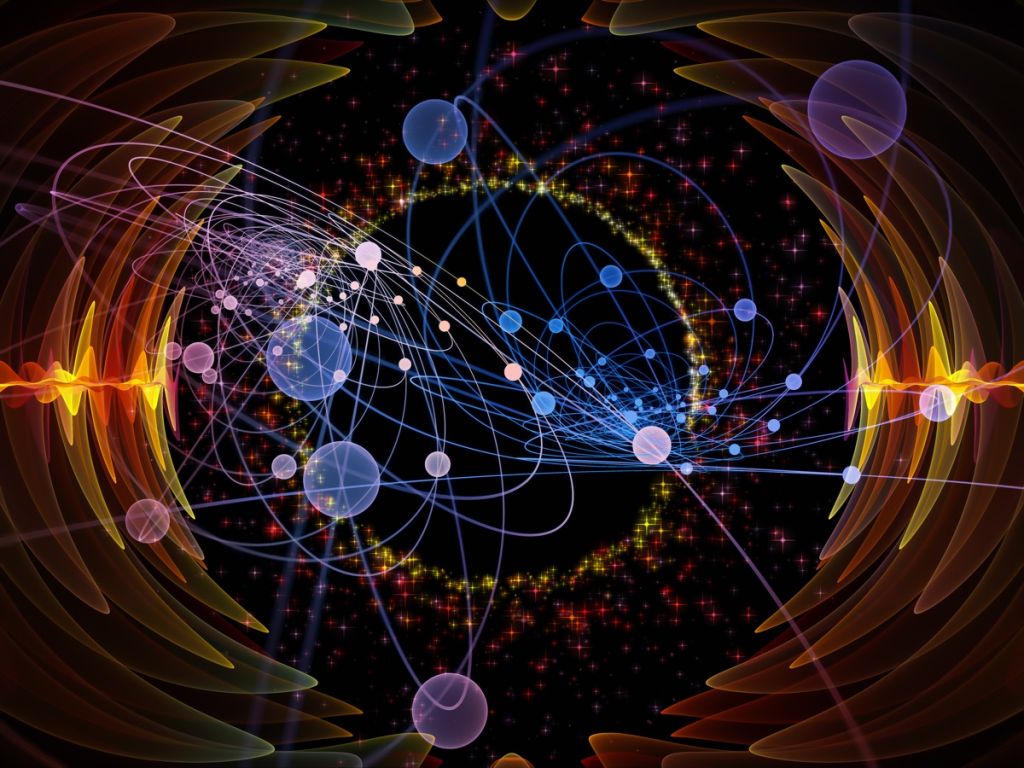
There may be an infinite amount of energy locked in the vacuum of space-time. So could we ever harness this energy for anything useful?
The idea of vacuum energy comes from quantum field theory, which is a marriage of quantum mechanics with Einstein’s theory of special relativity. In quantum field theory, particles are not really what we think they are. Instead, they are better represented as fields, which are quantum entities that span all of space and time. When a localized patch of the field gets sufficient energy and starts traveling, we identify it as a particle. But the real fundamental object is the field itself.
In quantum mechanics, any system has a defined set of energies, like the energies that an electron can have in its orbital shells around an atomic nucleus. Similarly, the quantum fields have energies associated with them at every point in space. Any finite volume, like an empty box, contains an infinite number of geometric points, so this means there’s an infinite amount of energy in that volume.
This happens even when the fields are in their lowest energy state possible, also known as the zero-point state or the ground state. This is the state with no extra energy added to it, no extra vibrations, no extra excitations whatsoever — just the lowest possible ground state, below which there is nothing. But due to the fundamental uncertainties of quantum mechanics, even this ground state has an energy associated with it, so you still run into an infinite amount of energy.
However, we can’t extract energy out of the vacuum and use it to do work. That’s because whatever its value is, it is the lowest energy state possible for the universe. To get work done, you have to transfer energy from one state to another. But if you could somehow “pull” energy out of the vacuum, there would be no place to put it, because no matter what you do, you are still surrounded by a vacuum. It’s like drawing water out of the bottom of a dry well: There’s nothing left to give.

Another way to look at it that is completely compatible with the field portrait is via the Heisenberg uncertainty principle, which states that you can never know both the energy of a particle and the duration of its existence with a perfect degree of precision. This means that at the ground state or zero-point state of the universe, particles can temporarily pop into existence, “borrowing” energy from the vacuum, as long as they disappear in a short enough time to return that energy back.
If you were to pluck out one of these particles and make it permanent, that would violate the Heisenberg uncertainty principle because you borrowed energy from the ground state without giving it back in time.
These particles are known as virtual particles. They are the manifestation of all the fundamental energies of the quantum fields that permeate space-time.
RELATED STORIES
The bottom line is that no matter what the zero-point energy is, it’s the background of the universe on top of which all of physics takes place. Just as you can’t go lower than the ground floor of a building with no basement, you can’t get lower than the ground state of the universe — so there’s nothing for you to extract, and there’s no way to leverage that into useful applications of energy.
So, unfortunately, any work you do in the universe will have to be done the old-fashioned way.
Stay Informed With the Latest & Most Important News
Previous Post
Next Post
-
 012024 in Review: Highlights from NASA in Silicon Valley
012024 in Review: Highlights from NASA in Silicon Valley -
 02Panasonic Leica Summilux DG 15mm f/1.7 ASPH review
02Panasonic Leica Summilux DG 15mm f/1.7 ASPH review -
 03From Polymerization-Enabled Folding and Assembly to Chemical Evolution: Key Processes for Emergence of Functional Polymers in the Origin of Life
03From Polymerization-Enabled Folding and Assembly to Chemical Evolution: Key Processes for Emergence of Functional Polymers in the Origin of Life -
 04How New NASA, India Earth Satellite NISAR Will See Earth
04How New NASA, India Earth Satellite NISAR Will See Earth -
 05And Thus Begins A New Year For Life On Earth
05And Thus Begins A New Year For Life On Earth -
 06Astronomy Activation Ambassadors: A New Era
06Astronomy Activation Ambassadors: A New Era -
07SpaceX launch surge helps set new global launch record in 2024












